شخصية اليوم أحدث الأخبار
‘Scripts and Calligraphy: A Timeless Journey’ exhibition organized by the Ministry of Culture

Visual Archive

Pakistani artists unite to paint Karachi's walls to beautify the city

1971 – Design Space, Sharjah, conducts two exhibitions based on local issues

The astonishing installation of planet Earth, by British artist Luke Jerram's stands irreplaceable, exactly like its reference

Holidays of Eid Al Adha: UAE residents are expected to have the longest holiday in 2021

Picasso's stolen painting, which he had donated to the Greek people, has been retrieved

Over 71 million school textbooks have been distributed by the Ministry of Education

Some fascinating facts about Qasr Al-Great Watan's Hall

Le Cordon Bleu will open an educational institute in Riyadh

The Ithra Contemporary Art Exhibition has begun

Sheikha Bodour appeals for efforts to overcome global disparities in children's access to books

The government sector's culture of innovation has been highlighted

Meena Kamal, an artist, donates her work to victims of the pandemic

Through her stories, Syrian storyteller, Asmaa Rasheed, takes children in refugee camps into a world filled with hope

On International Yoga Day, the world tries to breathe properly and stretch the blues away

Dewa's pavilion at Expo 2020 will showcase efforts in sustainability

Saja Moussa, a Palestinian artist, creates her melancholy artwork using broken tiles from her house

Misk Art Institute and Rizzoli Libri collaborated on Arab art publications

Minister states education is undergoing a real and deep development

To depict the coronavirus pandemic, Neo-muralist, Fikos, blends Greek mythology and Byzantine painting in his graffiti

Communism, Leninism, and Marxism would be on hand to witness Mamata's marriage to Socialism



 ENG
ENG








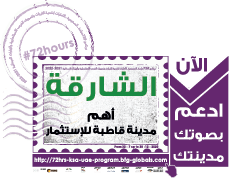
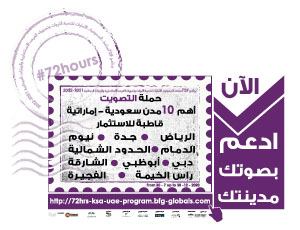
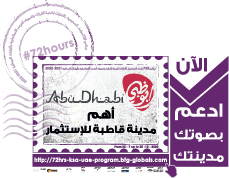
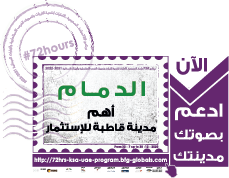
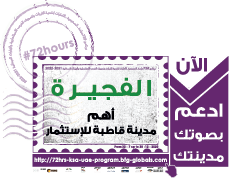
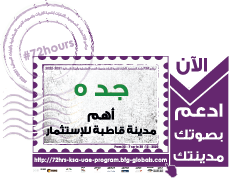
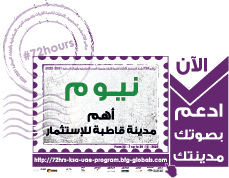
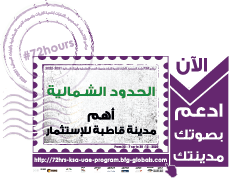
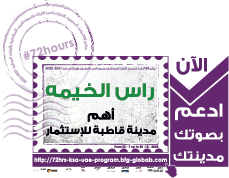
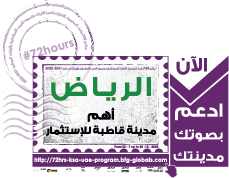










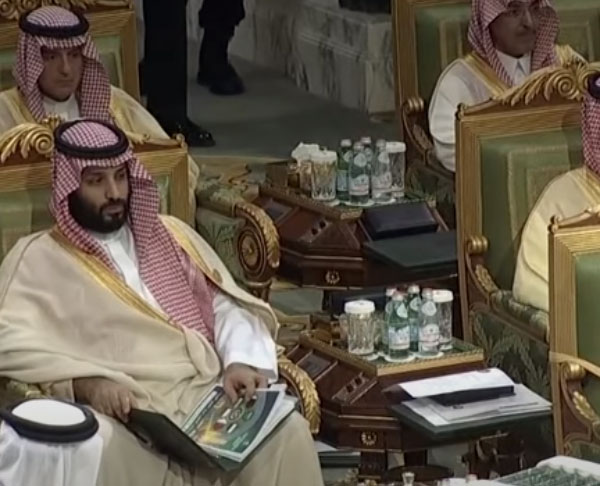
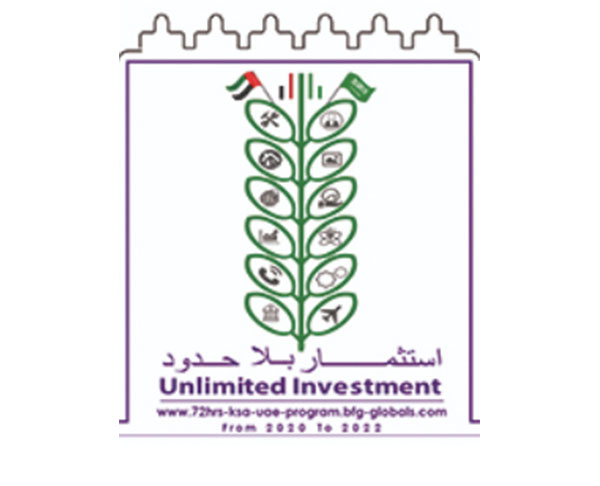
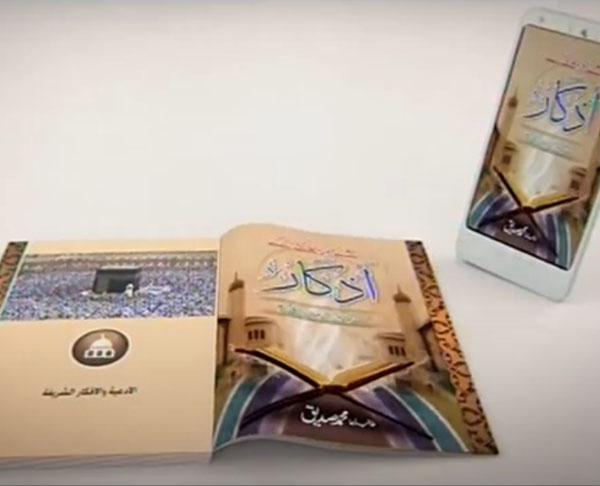

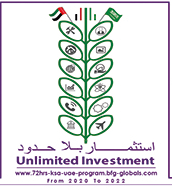
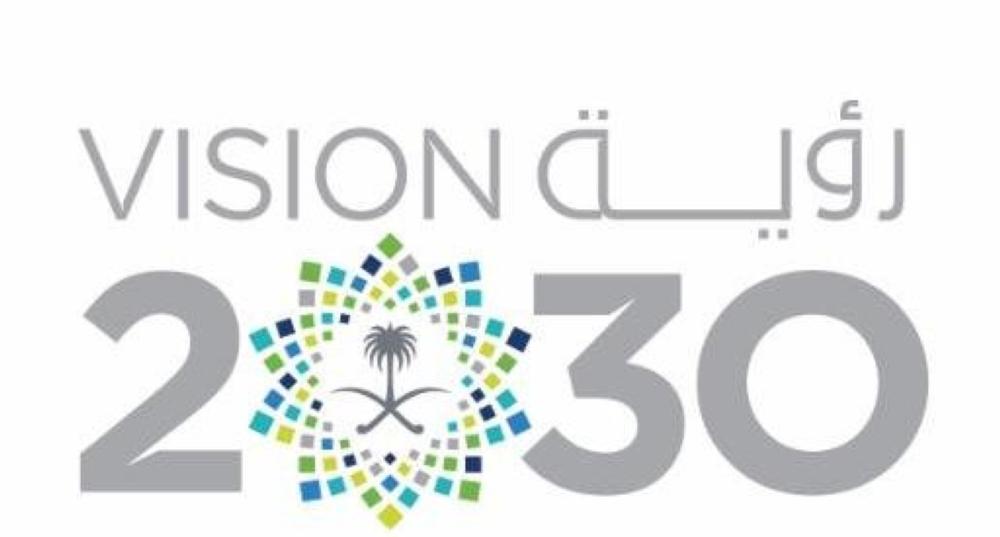
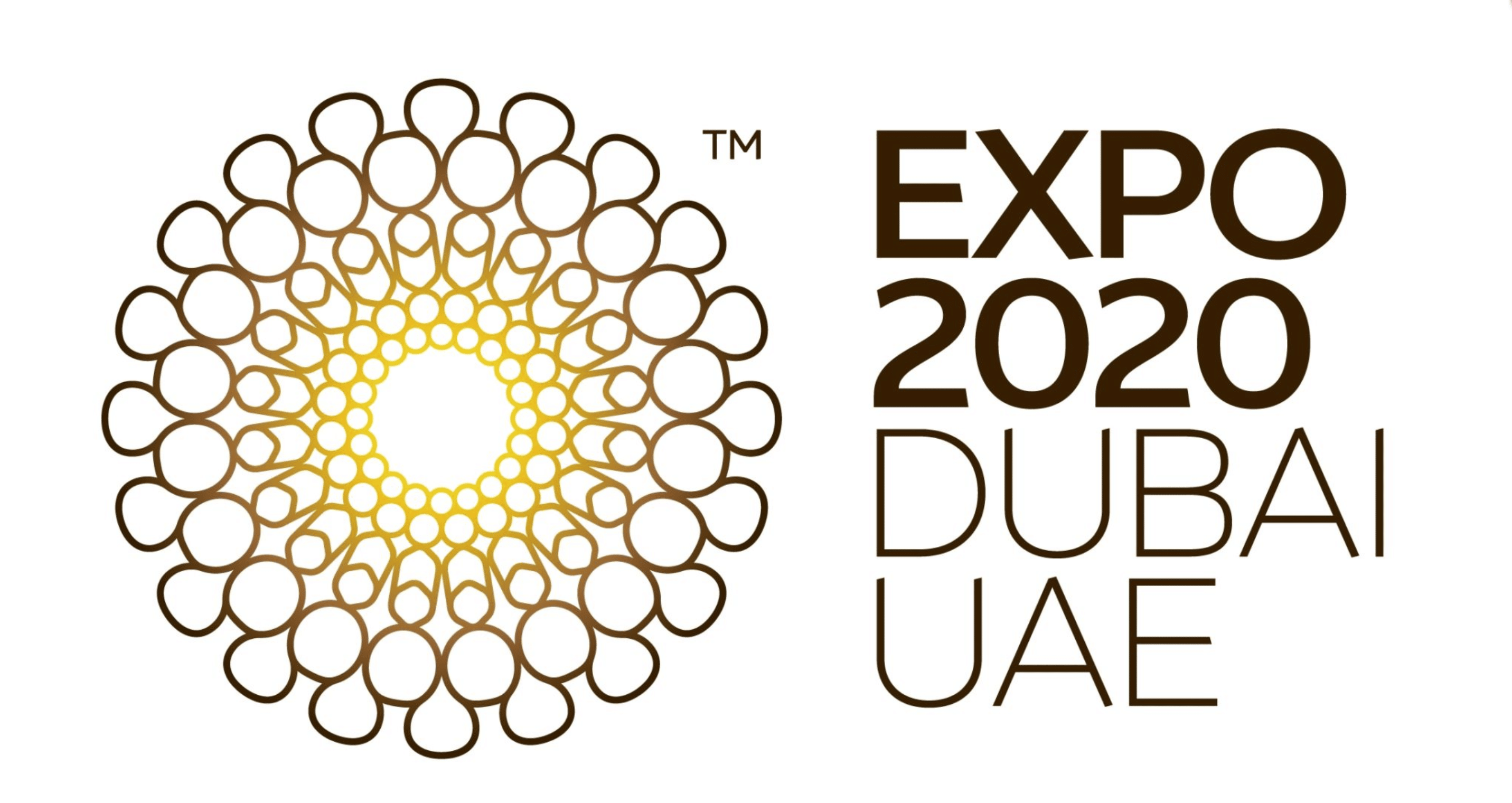
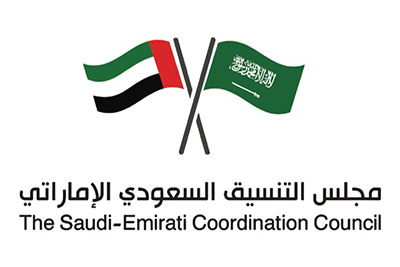
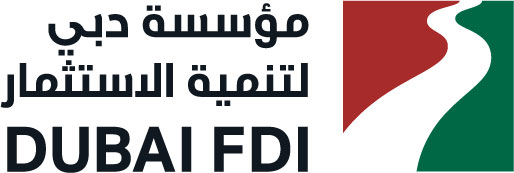
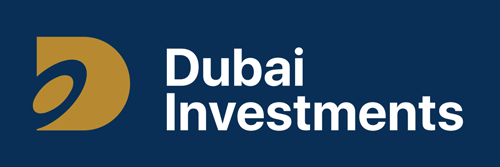
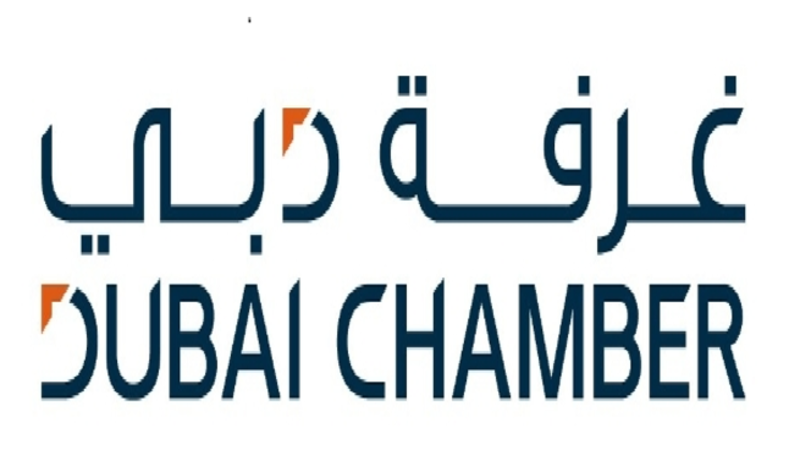
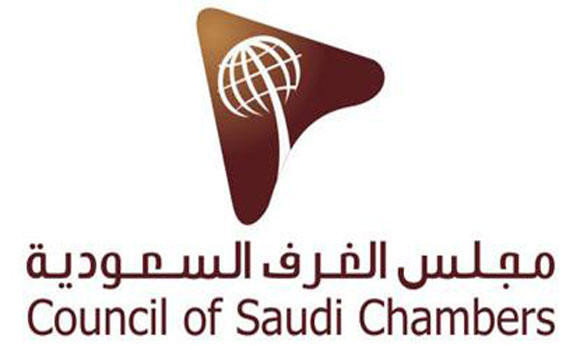


















تواصل معنا